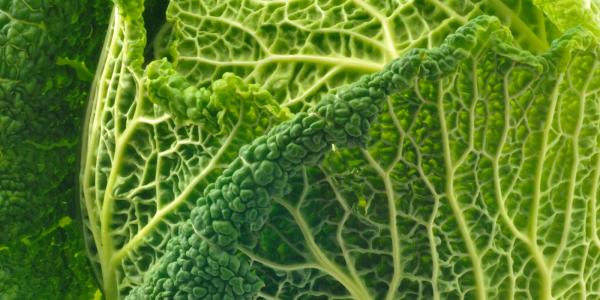Investigating Cabbage Traditions

Although most people are aware that food provides nourishment, we rarely consider the geographic, historical, and cultural conditions that have influenced what we eat and how we procure, prepare, and serve it. By exploring food through a prism of culture, time, and place, we build a deeper appreciation of how regional characteristics have shaped our global food system.
The versatile, tasty, and healthful cabbage has made its way into the hearts and onto the tables of people all over the world. It thrives in cooler weather and is harvested in late fall through early spring, providing an important source of fresh greens during the winter months. People use cabbage in a wide variety of ways, including fresh, cooked, and pickled or fermented. California is a leading cabbage producer, growing nearly a third of the country’s “fresh market” cabbages. In this lesson, students examine the cultural importance of cabbages, conduct a comparison tasting of different cabbages grown in California, and explore family food traditions involving cabbage.

Grade Levels: 3-5
Learning Objectives: Students will
- Recognize the importance of cabbage in different cultures.
- Compare the tastes and textures of different cabbage varieties grown in
California. - Identify family food traditions related to cabbage.
Length: One to two 50-minute periods, with time in between to conduct interviews.
Standards: This lesson contains specified alignments to Next Generation Science Standards and Common Core Standards.
Download Investigating Cabbage Traditions PDF [3.1M]
A California Food for California Kids® downloadable resource

